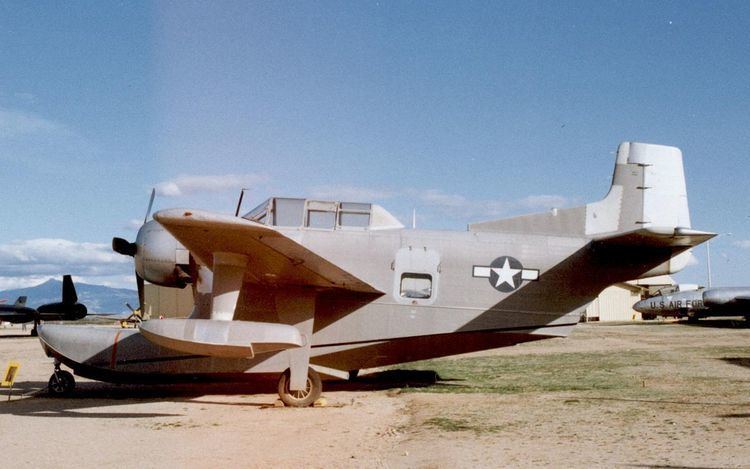Industry aircraft Headquarters Town of Hempstead | Defunct c1947 Founded 1927 | |
 | ||
Former type Aircraft and component manufacturer Key people | ||
The Columbia Aircraft Corp was a United States aircraft manufacturer, which was active between 1927 and 1947.
Contents
Formation and operations
Columbia Aircraft was founded in December 1927 by Charles A. Levine as chairman and the aircraft designer Giuseppe Mario Bellanca as president. The initial name used was Columbia Air Liners Inc. The aircraft factory was established at Hempstead, New York. Levine hired pilots Bert Acosta, Eroll Boyd, John Wycliff Isemann, Burr Leyson, and Roger Q. Williams at $200 a week to perfdorm a series of publicity record attempts for the company.
The most ambitious project for the company was the "Uncle Sam". The $250,000 prototype was brought to market at the height of the depression. It was sold at auction for $3000 to pay back hangar rent. The "Uncle Sam" and two other Triads was destroyed shortly afterward in a Roosevelt Field hangar fire where 20 other aircraft were spared.
By 1941, the firm's title was Columbia Aircraft Corporation and the factory was located at Valley Stream, Long Island.
From 1941, Columbia worked closely with Grumman Aircraft, undertaking the development and production of that company's military amphibian aircraft designs including the J2F Duck and the Columbia JL.
After the completion of wartime contracts for the United States Navy, the firm's operations reduced in scale and Columbia was acquired by Commonwealth Aircraft circa 1948.
Aircraft
(Data from Aerofiles)
